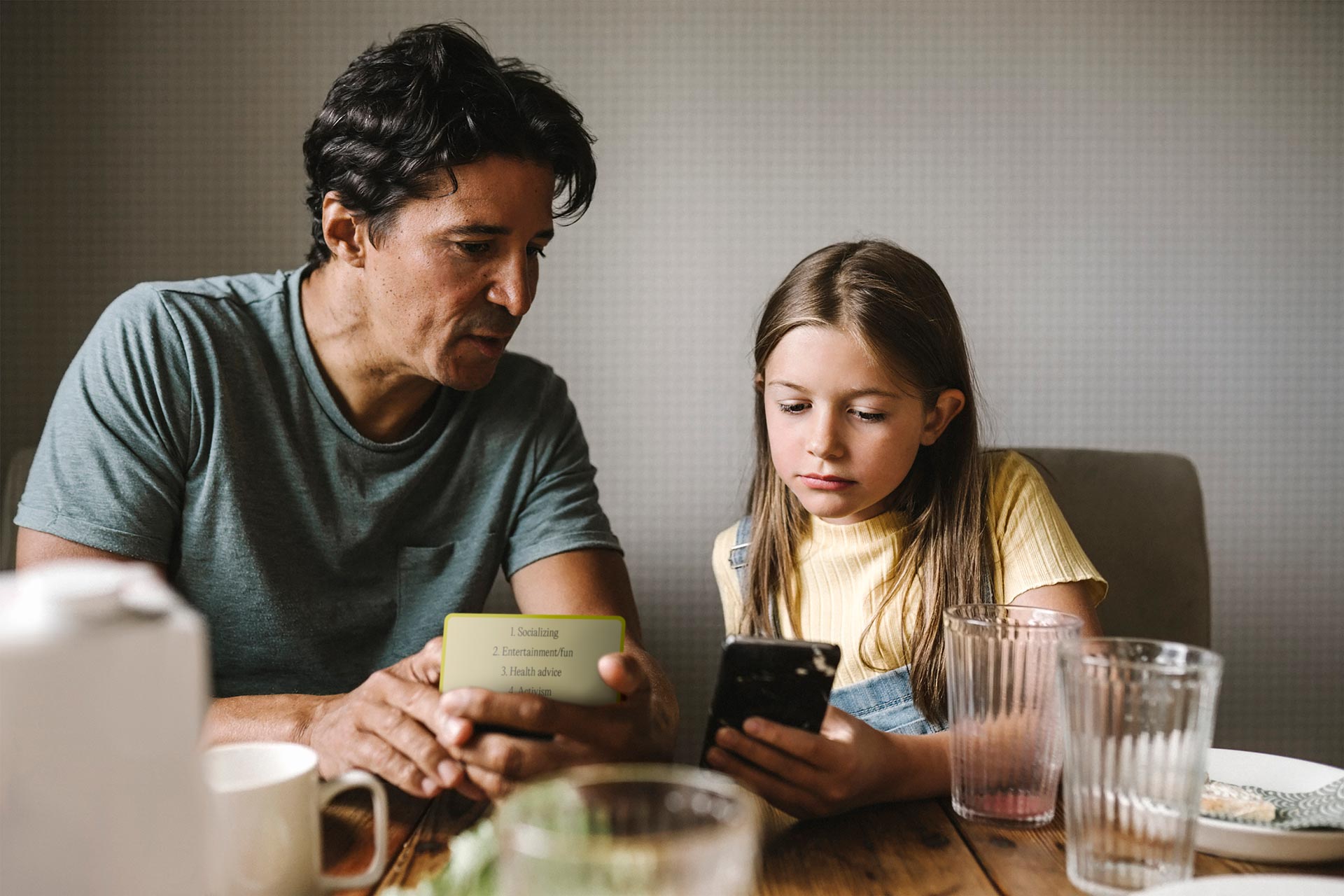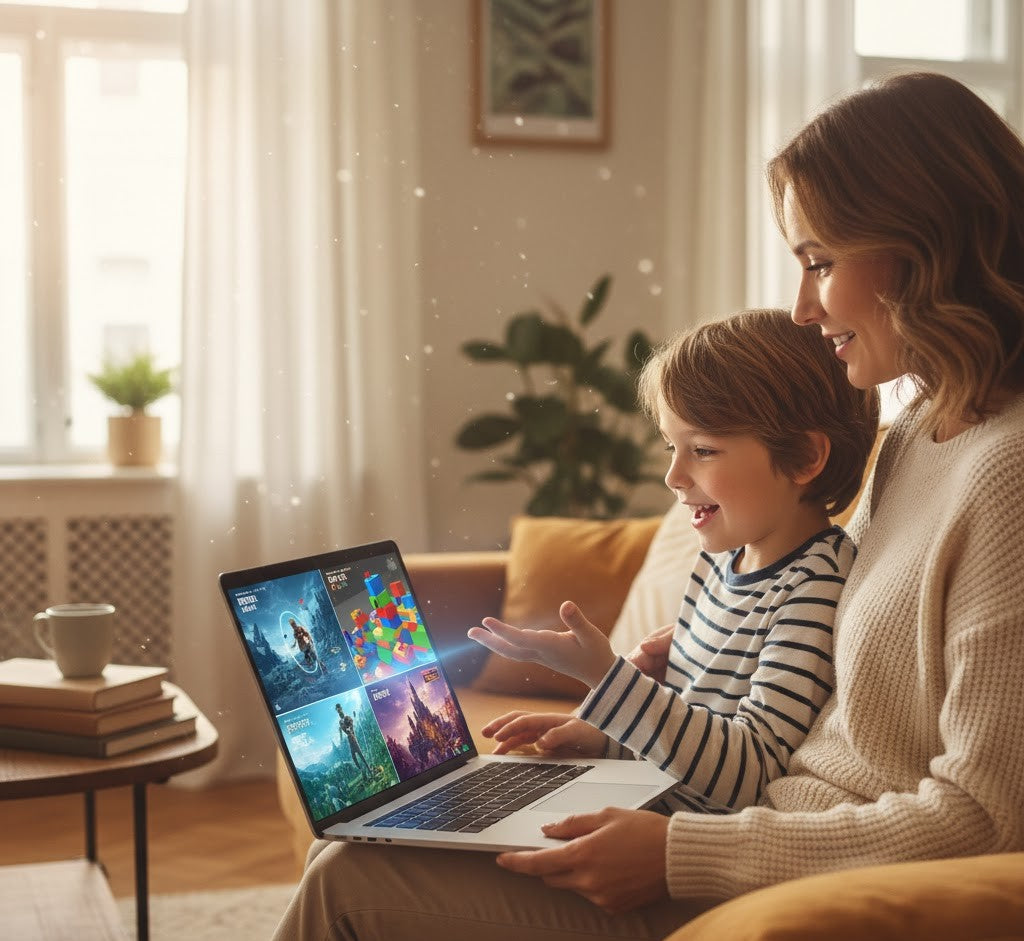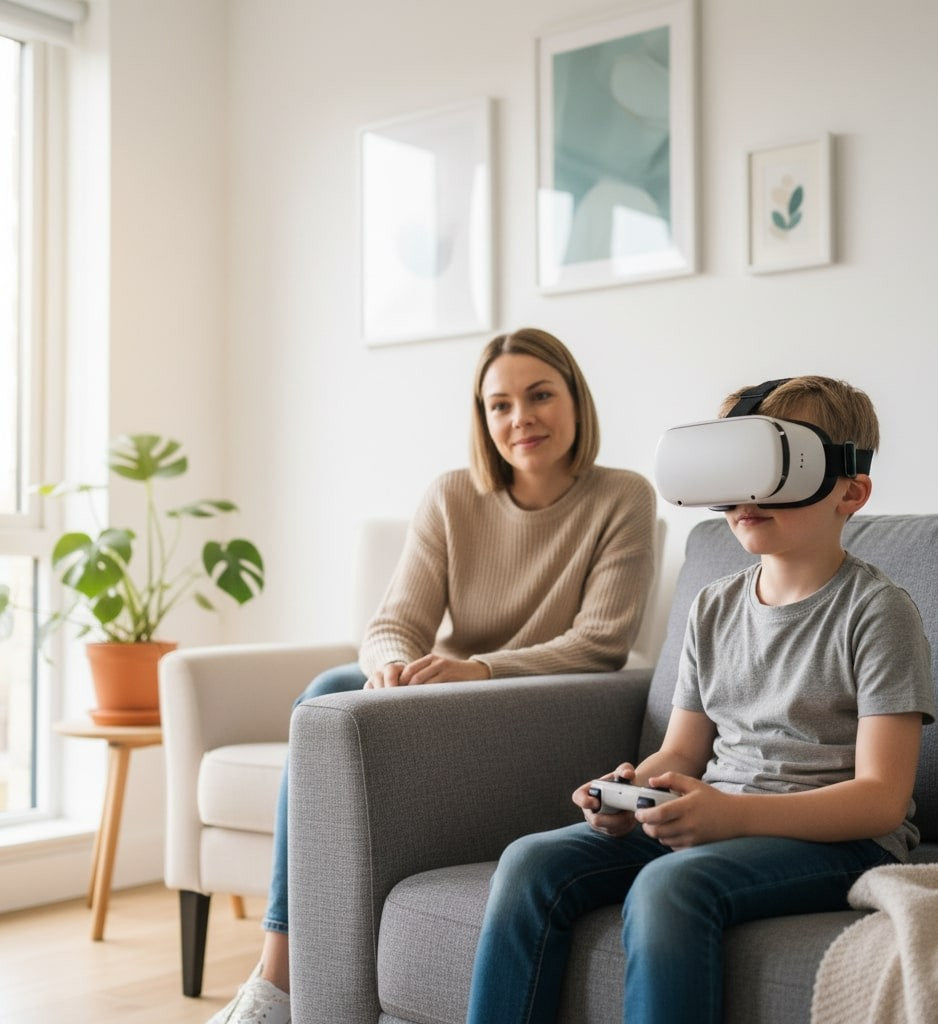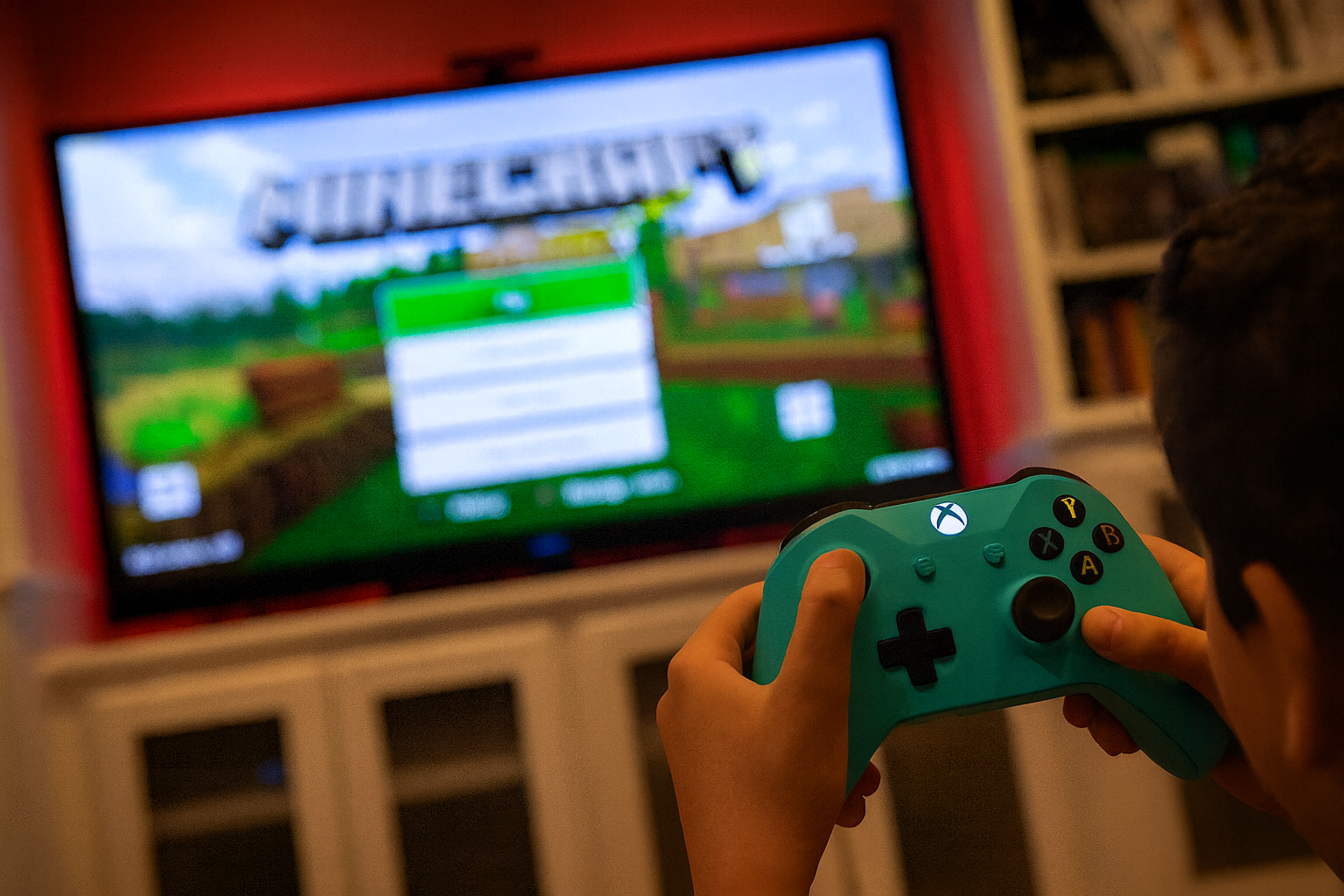What is Minecraft?
Minecraft is among some of the most popular video games in the world, captivating millions of players across all ages. This game allows players to explore, build, and create their worlds using blocks.
These blocks represent various materials like dirt, stone, wood, and even more fantastical elements like lava and diamond. The game was released in 2011, and since then, it has become a global phenomenon.
Today, Minecraft is more than just a game; it’s a creative outlet and a community for millions of players. It’s a fairly safe and child-friendly game set in an educational environment that encourages imagination and learning.
The game's big appeal lies in its simplicity and endless possibilities. It’s like a digital Lego set where kids can let their imaginations run wild. The game encourages creativity, problem-solving, and collaboration, and has elements of roleplaying, which is why many parents see it as a positive activity.
Players can create their own adventures, work on large-scale projects with friends, or simply explore the game’s infinite landscapes.
Parents will often notice that a wide fan-based community has grown from this game, including merchandise, YouTube videos, and recorded roleplaying gameplay etc.

How to play
Minecraft doesn’t have a set goal or story, which is why it is referred to as a “sandbox” game. Players can explore vast, randomly generated worlds, gather resources, craft tools, and build anything they can imagine, from simple homes to complex cities or even replicas of famous landmarks.
It is an incredibly versatile game and can be played on a variety of devices, such as computers, gaming consoles, and mobile devices. There are VR versions available, too.
The game aims to gather resources, often in mines, where the materials used for building or crafting are found.
Minecraft can be played solo or with others. Many children enjoy the game for its social aspects, as they can play online with friends or join public servers to collaborate on projects, go on adventures, or compete in mini-games. Playing together often involves using multiplayer servers, where players from around the world can connect and interact.
There are different modes and difficulty levels available in Minecraft, which allow different types of experiences and purposes of the game. Here are a few of the different types of game modes possible:
Survival mode is the highest level of difficulty. Here, players must gather resources to build and maintain their health and hunger while surviving the attack of different enemies. They need to defend themselves from creatures like zombies and skeletons, especially at night, and a big part of the game consists of building a shelter to stay safe from the monsters. Players have endless lives, but if they die from lack of food, an injury, or being killed by a monster, they lose their belongings and need to start over.
Hardcore mode is a more challenging version of Survival, where players have only one life. If they die, the game world is permanently deleted, and the game is over. In addition, the easiest difficulty level in survival is called Peaceful.
Peaceful mode is when the player won’t meet the more scary monsters like zombies and skeletons, and can instead focus on gathering food, mining, and building.
Creative Mode also allows a peaceful experience. Here, players have unlimited resources and can’t be harmed by enemies or die. This mode is focused entirely on building and creativity without worrying about attacks from enemies or fighting hunger to stay alive.

Recommended age
Minecraft is rated for 10 years and older. However, many younger children also enjoy the game, especially in creative or peaceful mode, where there are no threats from monsters or a focus on survival.
What to be aware of
While Minecraft is generally considered safe and educational, there are some aspects parents should be aware of:
-
Online interactions: If your child plays on multiplayer servers, they may interact with other players. Some servers are moderated, but not all, so it’s essential to talk to your child about online safety.
-
In-game purchases: Minecraft offers various add-ons and skins that players can buy with real money. Make sure to monitor spending and discuss with your child what is appropriate. Additionally, be aware if your payment details are stored on the account from a previous purchase, enabling your child to buy Minecoins with a few clicks.
-
Screen time management: Like any game, Minecraft can be absorbing, and children may spend long hours playing. Setting time limits and encouraging breaks can help ensure a healthy balance.
-
Scary content and survival threats: Zombies and monsters coming out at night to kill the player can be scary for young players, and parents should be aware of adjusting the game mode and difficulty level to fit their child.
Additionally, survival mode can be stressful for kids, and the loss of all your hard-earned resources when you die can be hard to cope with.
-
Getting lost: The game world can seem endless, and beginners can easily get lost and have a hard time finding back to the buildings and structures they worked so hard to build. Using the navigation tools might take some practice for young players.

Key terminology
-
Creeper: A green, explosive mob that sneaks up on players and detonates, often causing significant damage.
-
Ender Dragon: The final boss and enemy players need to fight, found in the End dimension.
-
Redstone: A material in the game used to create circuits, similar to electrical wiring, allowing players to build complex machines.
-
Mods: Short for modifications, these are user-created content that alters the game, adding new features, characters, or even entirely new gameplay elements.
-
Biome: Different regions in the game with distinct environments, such as deserts, forests, and snowy tundras.
-
Spawn: The process by which mobs or players appear in the game world, usually after a death or at the start of a game.
-
Crafting: The process of creating anything in the game from materials to creatures, using the resources the player has collected.
-
Minecoins: The virtual currency that can be purchased to use in the game.





